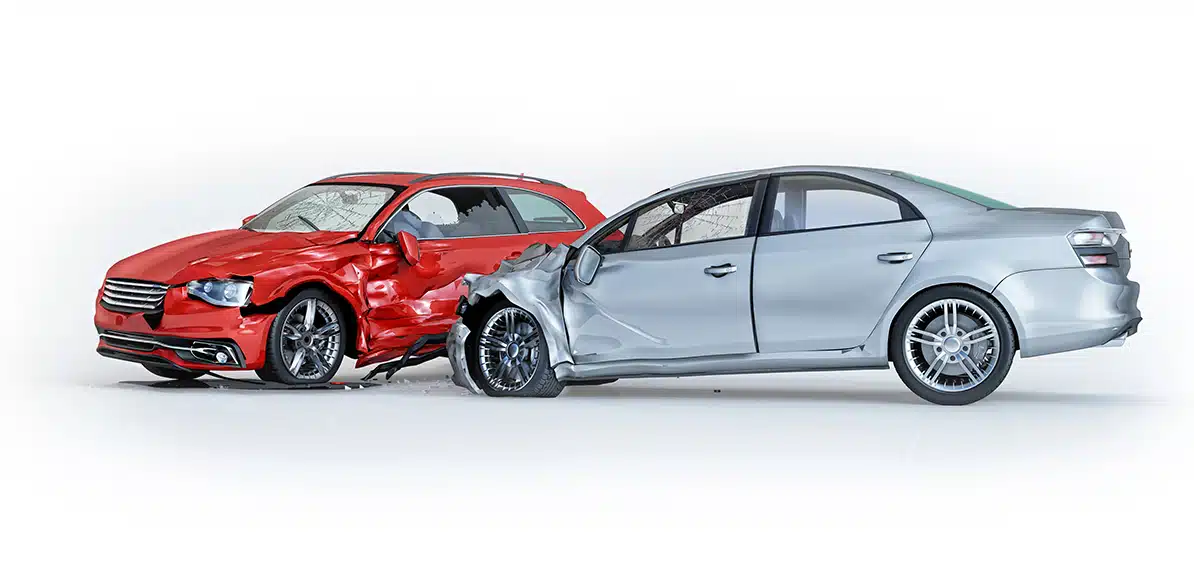Risks and solutions in side impacts
CRS have come a long way in terms of side impact protection

Road Safety
The safety of children in vehicles is a top priority for parents and caregivers and so, while frontal collisions are more common, the risks of side impacts should not be underestimated. Children, especially those in the rear of a vehicle, are exposed to lateral forces that can result in serious injuries.
Children are particularly vulnerable in side crashes due to their anatomy and size. That is why child restraint systems are essential for providing adequate protection, distributing impact forces more effectively and reducing the risk of injury to the head and neck, which are particularly sensitive areas in children.
For kids up to 4 years old or 105 cm tall, the greatest degree of safety in the event of a side impact is provided by a rearward-facing system. Although it may seem that the side of the restraint system should behave in the same way regardless of whether the child is facing forwards or backwards, this is not the case due to a number of factors.
In a side impact collision, the vehicle being struck from the side is either stationary or moving forward. This forward movement causes children to move in that direction as well. This movement, in the case of a forward-facing child restraint system, can therefore change the point at which the child impacts with the child restraint system, reducing the effectiveness of the CRS.
But if the child restraint system is rearward-facing, this forward movement has virtually no effect on the position of the head and therefore the impact with the system will be at the points where the manufacturer of the system has provided for the greatest energy absorbing capacity.
Child seats must always be properly installed in case of any type of collision, but this is crucial in the event of a side impact. Ensuring that the seat is correctly and securely installed according to the manufacturer’s instructions and using child restraint systems (CRS) specifically designed for side crashes can make all the difference in protecting children.
From 105 cm upwards, it is the side of the restraint system that is responsible for reducing possible injuries in the event of a collision. The sides of restraint systems approved in accordance with UN Regulation 129.03 are tested in this type of collision, unlike those approved in accordance with UN Regulation 44.04, so their design takes into account an adequate level of safety for the child in this type of collision.
From 125 cm tall, there are 2 options. The first is to keep using a child restraint system with a backrest (recommended, especially if the child regularly falls asleep in the car); the second is to replace a booster seat with a backrest with a backless booster seat that is approved in accordance with regulation 129.03UN. This option is recommended if the child no longer falls asleep on regular journeys and the vehicle is fitted with a window airbag. If these 2 criteria are met, in the event of a side collision it will be the vehicle itself that will protect the most sensitive areas of the child’s body, mainly the head, from serious injury.
The energy absorption capacity of our car’s window airbag is greater than that offered by any restraint system with a backrest, making it a very good option from a safety point of view. In addition, in the event of a frontal collision, this option increases the child’s survival space: as there is no backrest, the head is further back, and therefore the back of the front seat is further away.
Since the appearance of UN Regulation 129.03, there has been enormous progress in terms of side impact injuries in child restraint systems, and this has also led to new scenarios for protecting our children that were unthinkable years ago, such as the use of backless booster seats.
